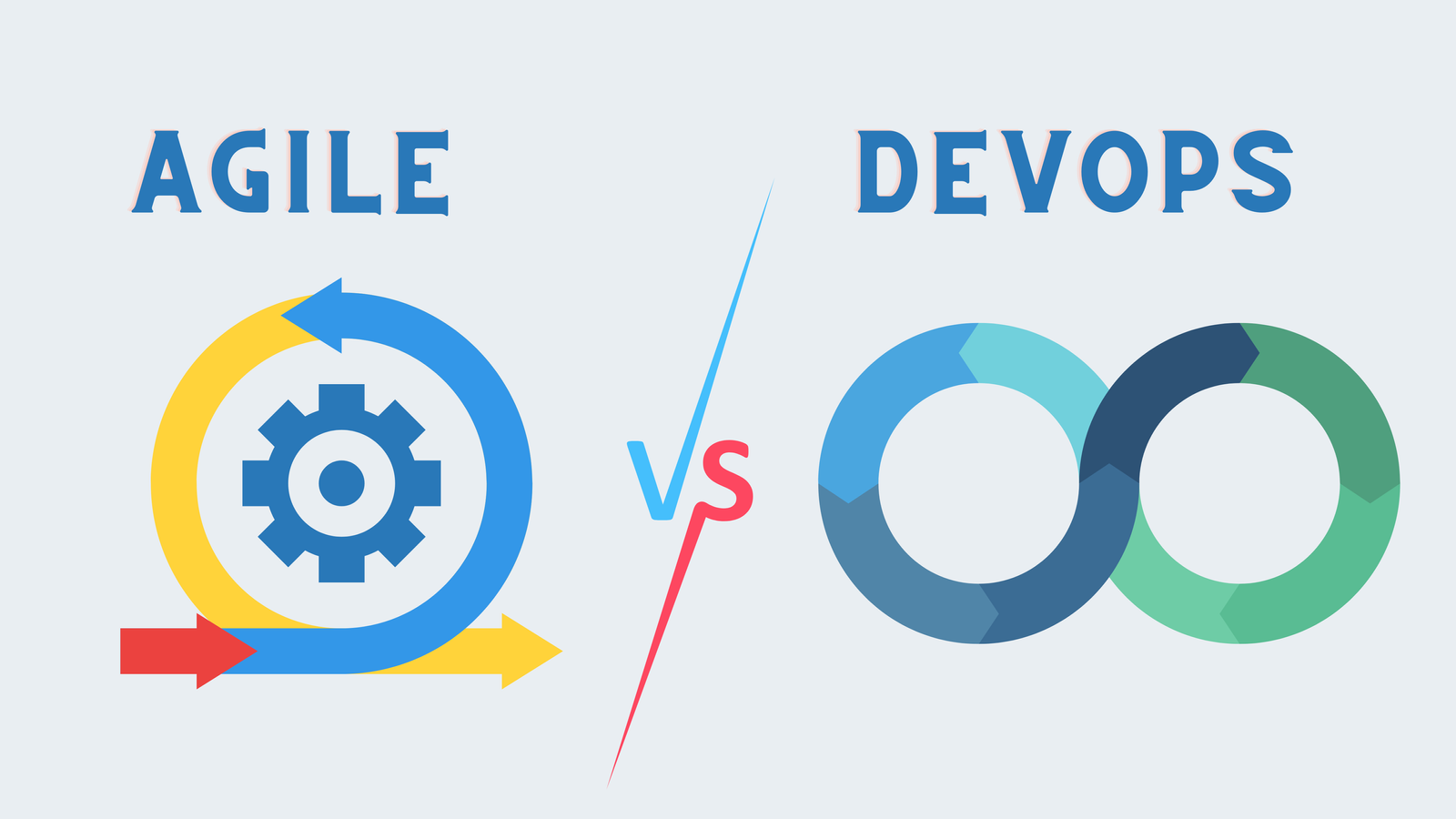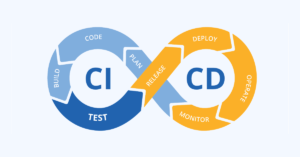In today’s fast-paced software development landscape, DevOps and Agile methodologies have become essential for delivering high-quality software at a rapid pace. Combining the principles of Agile with DevOps practices can significantly improve collaboration, efficiency, and the overall software delivery process. In this article, we will explore DevOps best practices that are particularly beneficial for Agile development teams.
1. Continuous Integration (CI)
Continuous Integration is the practice of automatically integrating code changes from multiple contributors into a shared repository. It involves running automated tests to ensure that new code changes do not introduce regressions. For Agile teams, CI provides the following benefits:
- Faster Feedback: Agile development relies on quick feedback loops. With CI, developers receive feedback on their code within minutes, allowing them to make necessary adjustments promptly.
- Reduced Integration Issues: CI ensures that code changes are integrated frequently, reducing the likelihood of integration problems that can slow down development.
2. Continuous Delivery (CD)
Continuous Delivery is the practice of automating the software release process to make it possible to deploy software to production at any time. Agile development teams can benefit from CD in the following ways:
- Faster Release Cycles: CD enables smaller, more frequent releases, aligning with Agile’s iterative and incremental approach.
- User-Centric Updates: With CD, teams can deliver new features and improvements to users more frequently, gathering feedback and making adjustments based on real-world usage.
3. Infrastructure as Code (IaC)
Infrastructure as Code involves managing and provisioning infrastructure using code and automation tools. Agile development teams can leverage IaC to:
- Improve Consistency: IaC ensures that development, testing, and production environments are consistent, reducing the “it works on my machine” problem.
- Automated Environments: Agile teams can create and destroy environments as needed, facilitating testing and deployment.
4. Automated Testing
Automated testing is a cornerstone of both Agile and DevOps. Agile development teams should focus on:
- Unit Tests: Developers write unit tests to ensure that individual components of the software work as expected.
- Integration Tests: These tests verify that different parts of the application work correctly together.
- End-to-End Tests: These tests ensure that the entire application functions correctly from the user’s perspective.
5. Collaboration and Communication
For Agile teams to benefit from DevOps practices, collaboration and communication are key:
- Cross-Functional Teams: Agile teams should include members with various skills, such as developers, testers, and operations specialists, to ensure a holistic approach.
- Regular Meetings: Agile development relies on frequent meetings and communication. DevOps practices should be integrated into Agile ceremonies like sprint planning and retrospectives.
6. Monitoring and Feedback Loops
Continuous monitoring and feedback loops are essential for Agile development teams:
- Real-Time Feedback: Monitoring provides real-time insights into the performance and stability of the application, allowing teams to react quickly to issues.
- User Feedback: Agile development teams should actively gather and respond to user feedback, which can help prioritize future work.
7. Security as Code
Security is everyone’s responsibility. Agile development teams should integrate security practices into their DevOps processes:
- Security Scans: Use automated security scans to identify vulnerabilities in code and dependencies.
- Access Control: Implement role-based access control to restrict access to sensitive data and infrastructure.
8. Documentation and Knowledge Sharing
Agile development teams should document their DevOps practices and share knowledge within the team:
- Runbooks: Maintain runbooks that document how to handle common operational tasks and incidents.
- Cross-Training: Encourage cross-training among team members so that individuals can fill multiple roles when necessary.
9. Feedback-Driven Improvement
Both Agile and DevOps emphasize a culture of continuous improvement:
- Retrospectives: Agile teams hold regular retrospectives to reflect on their processes and identify areas for improvement.
- Feedback Loops: DevOps practices, such as monitoring and user feedback, provide valuable insights for refining processes.
Conclusion
The combination of Agile and DevOps can significantly enhance the software development process. Agile development teams that adopt DevOps practices like continuous integration, continuous delivery, infrastructure as code, and automated testing can achieve faster and more reliable software delivery while maintaining the flexibility and user-centric approach that Agile methodologies promote. By following these best practices, Agile teams can effectively integrate DevOps into their workflows, resulting in more successful and efficient software development projects.





